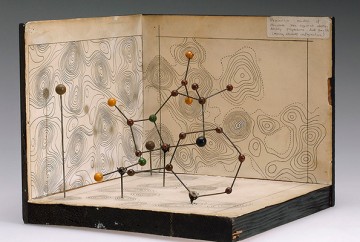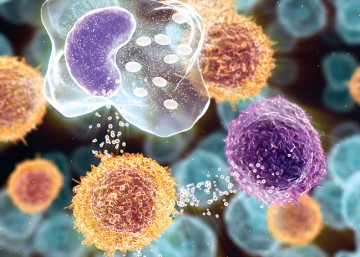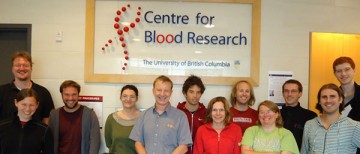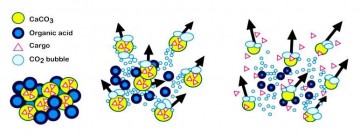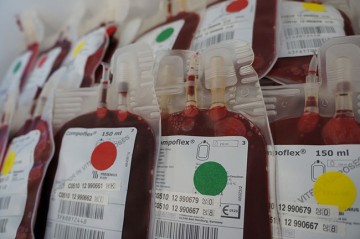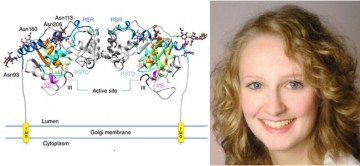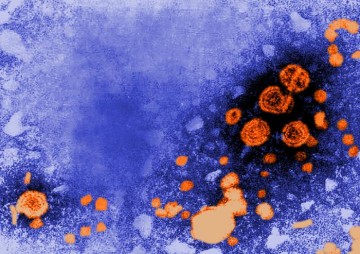Research
New Antibiotic Enhancer has Independent Antimicrobial Activity
February 25, 2016
Strynadka Lab at the CBR, discovered unexpected properties of the newly FDA-approved antibiotic enhancer, avibactam. The drug had shown additional direct anti-microbial properties, making it the first such drug introduced to the market within the last 30 years.
Anti-Osteoporosis Drug Derived from a Traditional Medicinal Herb
February 18, 2016
In a recent study published in the British Journal of Pharmacology, Dr. Dieter Bromme and his lab at CBR, made an important discovery showing that it is possible to effectively prevent the loss of bone tissues in osteoporosis, while leaving other important molecular mechanisms untouched.
Discovering Potential Treatments for Age-related Blindness
February 4, 2016
Losing the ability to see a loved one’s face clearly, or use a computer or cell phone is probably unthinkable to most of us. However, this is the frightening reality for those suffering from age-related macular degeneration (AMD), the leading cause of vision loss among those over 50 in developed countries.
Iron Overload Reduction Improves Quality of Life
January 21, 2016
Excessive iron is toxic to many organs, and thus may result in liver disease, heart disease, and diabetes. Dr Leitch describes a number of studies that report that removing excess iron from the blood may be beneficial for patients with MDS.
Let Rare Mutations Speak: Novel Mechanisms in Immune System Regulation
December 10, 2015
Chris Overall lab investigated a unique mutation in the MALT1 gene, which lead to a patient that paradoxically had a poor response to infection and autoimmune symptoms.
Focus on Dental Pulp: the Overall Lab Discovers New Proteins
November 13, 2015
Dr. Chris Overall and his team recently published a study focused on human dental pulp, reporting the most comprehensive snapshot of any dental tissue so far. It was featured in the Editorial of the Human Proteome Project Special Issue published by the Journal of Proteome Research for the HUPO-2015 world congress.
Going Against the Flow: Self-Fuelled Microparticles Deliver Cargo through Flowing Blood to Stop Hemorrhage
November 5, 2015
James Baylis, a PhD student in Dr. Christian Kastrup lab at the CBR, spearheaded a collaborative study that was recently published in the journal Science Advances characterizing a self-propelled drug delivery system capable of penetrating deep into the wound site.
Searching for Alternative Plasticizers for Red Blood Cell Storage Bags
October 15, 2015
This comparative study suggests that the current DEHP plasticizer is best at preserving RBC quality, and DINCH, an alternative plasticizer may also be feasible for blood storage bag production.
Insight into tumor metastasis: inner workings of the sialyltransferases
August 13, 2015
Modification of NCAM with polySia promotes migration of cells, a process that is critical for both the development of the embryonic brain and neural plasticity of the adult brain. Interestingly, elevated levels of polySia have been implicated in the malignant potential of tumors, tumor metastasis and poor clinical prognosis.
Striking a balance between blood product quality and safety
July 3, 2015
Dr. Peter Schubert, a Research Associate and Manager of Dr. Dana Devine’s Laboratory at CBR, collaborated with an industry partner, TerumoBCT, to investigate the impact of pathogen inactivation technologies in whole blood, as opposed to standard practice of individual blood components.



